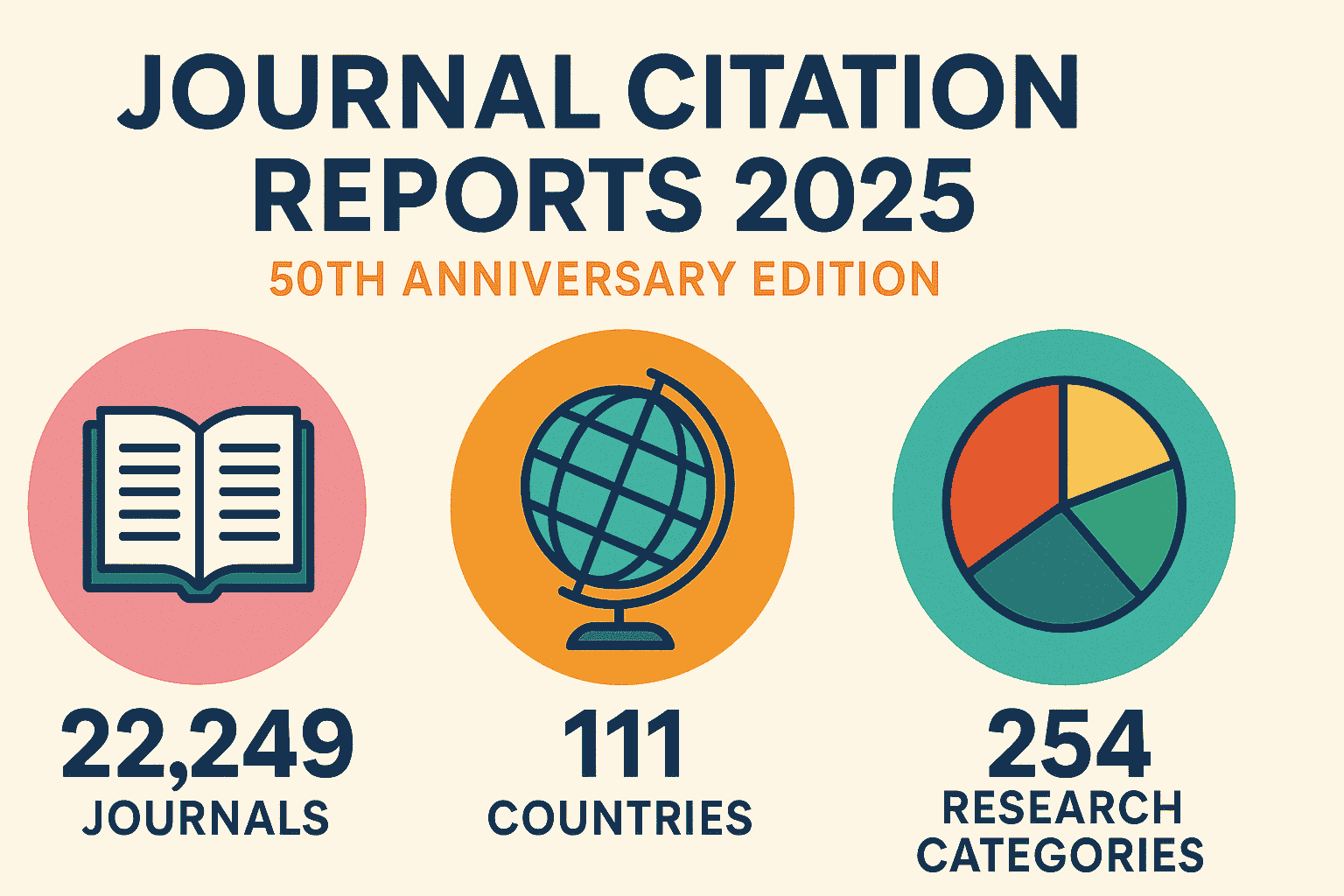qRT-PCR Protocol
qRT-PCR Protocol
qRT-PCR, also known as real-time reverse transcription PCR or quantitative reverse transcription PCR, is a laboratory technique used in molecular biology to amplify and simultaneously quantify a specific DNA target. It is often used to measure the expression of gene activity, such as during an active infection or in diseases like cancer.
Here is a simplified version of a generic qRT-PCR protocol:
1. RNA Extraction: Extract RNA from your sample. This can usually be done using an RNA extraction kit and following the manufacturer’s protocol.
2. Reverse Transcription (cDNA Synthesis): Use a reverse transcriptase enzyme to convert the RNA into complementary DNA (cDNA). Generally, this consists of incubating the RNA with dNTPs, buffer, reverse transcriptase, and primers at appropriate temperatures.
3. PCR Amplification: Prepare the PCR mix. This generally includes your cDNA, DNA Taq polymerase, dNTPs, primers specific to your gene of interest, and buffer. Load this mix into a real-time PCR machine.
4. Thermocycler Settings: The settings for your PCR machine will include the initial denaturation (around 95°C for 3 minutes), followed by cycles of denaturation (95°C for ~15 seconds), annealing (temperature dependent on your primers, usually around 55–60 °C for approximately 30 seconds), and extension (72°C for ~30 seconds). Repeat these cycles about 40 times.
5. Data Analysis: Analyze the data you receive from the PCR machine. The machine will generate a cycle threshold (Ct) value, which you can use to quantify your gene of interest.
Please note that this is a simplified guide, and the specifics will vary depending on your exact experiment, research question, and equipment availability. Always refer to the manufacturer’s guidelines and consult with an experienced technician or scientist when setting up the experiment.
Remember always to prioritize safety when working in the lab.
The following research article will further help in designing and understanding the qPCR
https://www.nature.com/articles/nprot.2006.236








